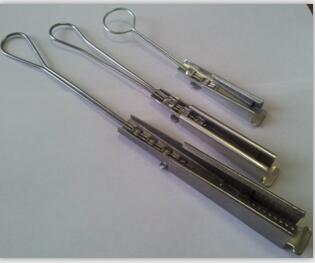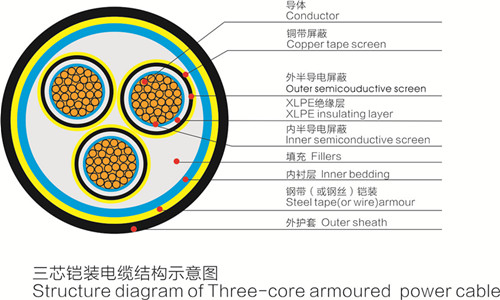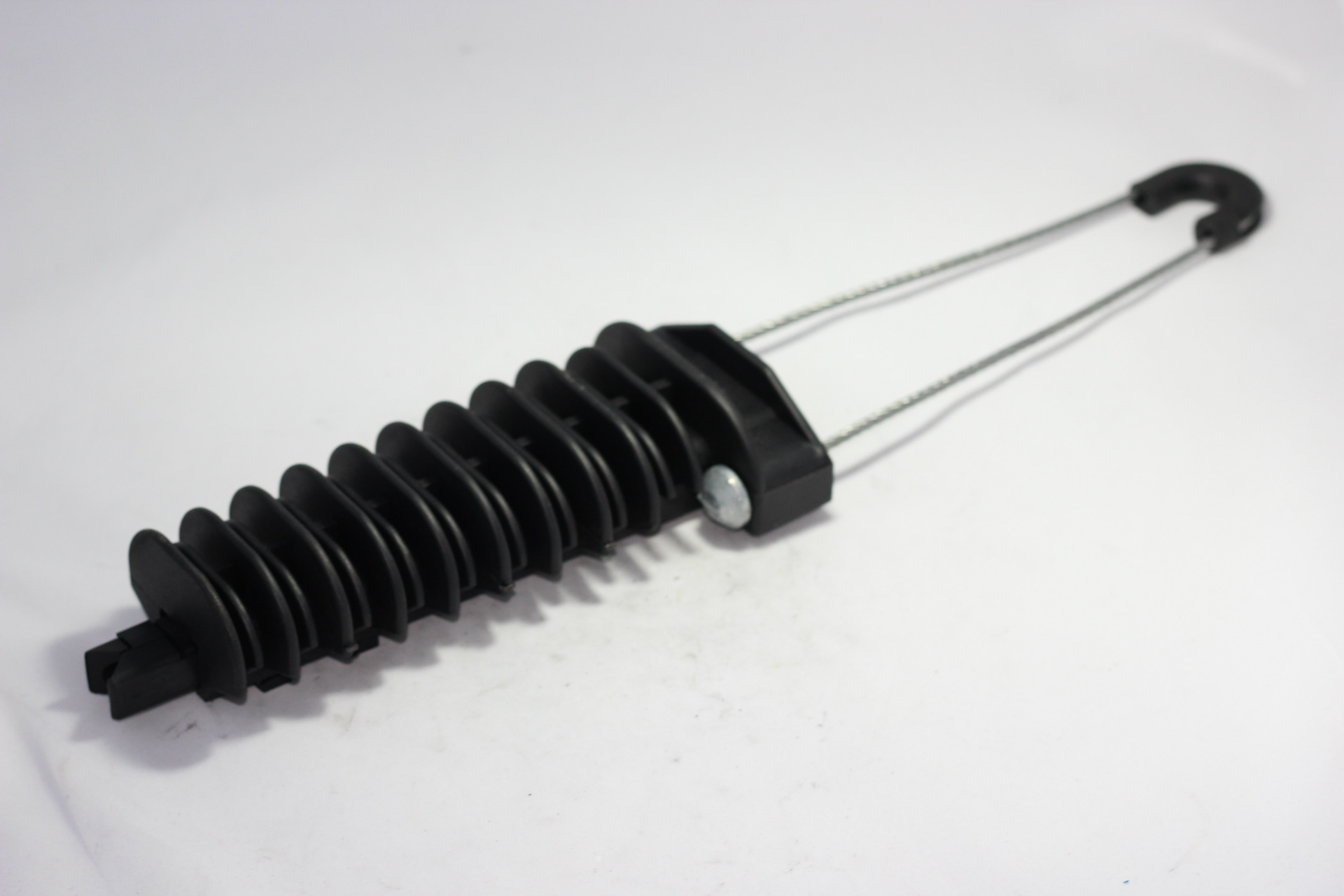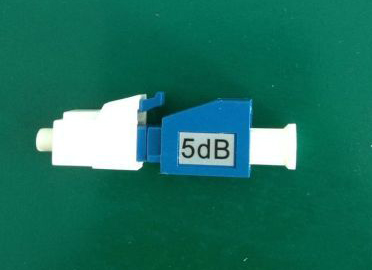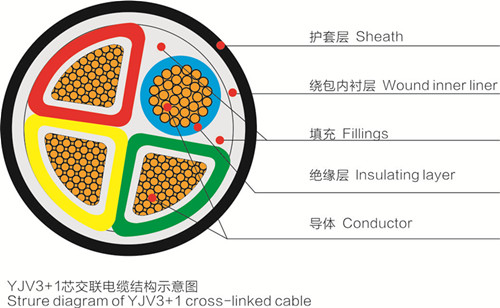Optical fiber cables are the invisible highways of the modern world, transmitting data at the speed of light and enabling everything from global internet connectivity to advanced medical procedures. Behind these crucial components lies a blend of cutting-edge technology, rigorous engineering standards, and continuous innovation. This article explores the engineering excellence that drives top optical fiber cable manufacturers, highlighting the processes, innovations, and quality controls that ensure these cables meet the highest standards.
1. Introduction to Optical Fiber Cables
Optical fiber cables are composed of several strands of glass or plastic fibers, each as thin as human hair and capable of carrying massive amounts of data over long distances with minimal loss. These cables are integral to telecommunications, internet infrastructure, medical devices, and numerous other applications. The superior performance of optical fiber over traditional copper cables is due to its higher bandwidth, lower attenuation, and immunity to electromagnetic interference.
2. Historical Context and Evolution of Optical Fiber Technology
The concept of light transmission through flexible fibers dates back to the early 20th century, but it wasn't until the 1960s and 1970s that practical optical fibers were developed. Pioneering work by researchers such as Charles Kao and George Hockham laid the groundwork for low-loss optical fibers, earning Kao a Nobel Prize in Physics in 2009. Since then, continuous advancements in materials science, manufacturing techniques, and design have driven the evolution of optical fiber technology, leading to the high-performance cables we rely on today.
3. Core Components of Optical Fiber Cables
3.1. Core and Cladding
The core is the central part of the fiber where light signals travel. It is surrounded by cladding with a lower refractive index, which reflects the light back into the core via total internal reflection, ensuring the signal remains within the core even when the fiber bends. The purity and precision of these materials are critical for minimizing signal loss and maintaining high performance.
3.2. Coating and Sheathing
To protect the fragile core and cladding, optical fibers are coated with one or more layers of polymer coatings, typically acrylates. These coatings safeguard the fiber from physical damage and environmental factors. The outer sheathing adds additional protection and can be made from various materials, depending on the application, including polyethylene, polyvinyl chloride (PVC), and metal armor for enhanced durability.
4. Advanced Manufacturing Processes
4.1. Preform Fabrication
The journey of an optical fiber begins with the creation of a preform, a cylindrical piece of ultra-pure glass. Techniques such as Modified Chemical Vapor Deposition (MCVD), Outside Vapor Deposition (OVD), and Vapor-phase Axial Deposition (VAD) are used to create preforms with precise refractive index profiles. This process involves depositing layers of silica and dopants inside a silica tube, which is then collapsed into a solid preform. The quality of the preform determines the performance of the final optical fiber.
4.2. Fiber Drawing
Once the preform is ready, it is heated to around 2000 degrees Celsius in a drawing tower and drawn into thin fibers. This process requires precise control to ensure uniform diameter and consistent quality. Real-time monitoring systems are used to measure the fiber diameter, detect defects, and adjust the drawing parameters accordingly. The drawn fiber is then coated immediately to prevent surface damage.
4.3. Coating Application
After drawing, the fibers are coated with a primary protective layer, typically using UV-curable acrylate polymers. This coating protects the fiber from micro-bends, moisture, and other environmental factors that could degrade its performance. Some fibers may receive additional secondary coatings for further protection, particularly for outdoor or specialized applications.
4.4. Cable Construction
In the final stage, the coated fibers are assembled into cables. This involves bundling multiple fibers together, adding strength members such as aramid yarn or steel wires, and applying outer sheathing for protection. Depending on the application, cables can be designed to withstand harsh environments, mechanical stress, or specific installation requirements.
5. Innovations in Optical Fiber Technology
5.1. Bend-Insensitive Fibers
Traditional optical fibers suffer from increased signal loss when bent too tightly. Bend-insensitive fibers, engineered with modified core and cladding structures, maintain performance even under tight bending conditions. This innovation is crucial for urban installations, data centers, and residential connections where space constraints are significant.
5.2. High-Density Cables
High-density optical fiber cables pack more fibers into a single cable without increasing its size, offering greater capacity for data transmission. This is achieved through innovations in fiber design, such as reducing the diameter of individual fibers and using advanced materials for protective coatings and sheathing.
5.3. Multi-Core Fibers
Multi-core fibers contain multiple cores within a single cladding, providing parallel data transmission channels. This significantly increases the data-carrying capacity of a single fiber cable, making them ideal for data centers, high-performance computing networks, and other bandwidth-intensive applications.
5.4. Enhanced Attenuation Performance
Continuous improvements in materials and manufacturing processes have led to fibers with lower attenuation rates, meaning less signal loss over long distances. These advancements reduce the need for signal boosters and repeaters, lowering overall network costs and improving reliability.
5.5. Specialty Fibers
Specialty fibers are designed for specific applications beyond conventional telecommunications. Examples include medical-grade fibers used in endoscopy and laser surgeries, radiation-resistant fibers for nuclear facilities, and fibers with unique properties for industrial sensing and monitoring.
6. Quality Control and Testing
Ensuring the quality and performance of optical fiber cables is paramount. Top manufacturers employ rigorous testing protocols at every stage of production to verify properties such as tensile strength, attenuation, bandwidth, and environmental resistance. Advanced equipment, including Optical Time-Domain Reflectometers (OTDRs) and spectral analyzers, are used to detect and correct defects, ensuring each fiber meets the highest standards before it reaches the market.
7. Environmental Considerations and Sustainability
As the demand for optical fiber continues to grow, so does the focus on sustainability. Leading manufacturers are implementing eco-friendly practices, such as reducing waste during production, using recyclable materials, and developing energy-efficient manufacturing processes. Innovations like biodegradable sheathings and low-energy production techniques are being explored to minimize the environmental impact of optical fiber cables.
8. Case Studies: Real-World Applications
8.1. Urban Connectivity
In densely populated urban areas, the demand for high-speed internet and reliable communication networks is ever-growing. Bend-insensitive fibers and high-density cables enable efficient deployment of fiber optic networks in cities, overcoming space constraints and providing residents with fast and reliable connectivity. For instance, the deployment of Fiber to the Home (FTTH) networks relies heavily on these innovations to deliver gigabit internet speeds to urban dwellers.
8.2. Data Centers
Data centers are the backbone of the digital economy, supporting cloud services, big data analytics, and more. Multi-core fibers and high-capacity cables are essential to meet the data transfer needs of these facilities. Innovations in fiber technology allow data centers to achieve higher efficiency, handle larger volumes of data, and reduce latency, thereby enhancing overall performance.
8.3. Medical Applications
In the medical field, specialty fibers are transforming diagnostic and surgical procedures. Medical-grade fibers used in imaging equipment and laser surgeries provide high precision and reliability, enhancing patient outcomes. The development of biocompatible and flexible fibers has opened new possibilities in minimally invasive procedures, such as endoscopic surgeries and photodynamic therapy.
8.4. Industrial Automation
Optical fibers play a crucial role in industrial automation, where they are used for sensing, monitoring, and communication in harsh environments. Radiation-resistant and temperature-tolerant fibers ensure reliable operation in challenging conditions, contributing to the efficiency and safety of industrial processes. For example, optical fibers are used in remote sensing systems in power plants, oil rigs, and manufacturing facilities.
9. Future Trends and Developments
9.1. 5G and Beyond
The rollout of 5G networks and future generations of wireless technology will heavily rely on optical fiber infrastructure. High-capacity, low-latency fibers will be essential to support the massive data rates and connectivity demands of these advanced networks. As 5G networks expand, the need for robust and scalable optical fiber solutions will continue to grow.
9.2. Quantum Communication
Quantum communication represents the next frontier in secure data transmission. Research is ongoing to develop optical fibers capable of supporting quantum key distribution, ensuring ultra-secure communication channels for sensitive data. Quantum fibers will enable the creation of unhackable communication networks, revolutionizing cybersecurity.
9.3. Integrated Photonics
Integrated photonics involves incorporating optical components directly onto microchips, enabling faster and more efficient data processing and transmission. This technology holds the potential to revolutionize data centers, telecommunications, and various other fields by significantly enhancing speed and reducing energy consumption. The integration of photonics with electronics could lead to the development of ultra-fast, low-power computing systems.
9.4. Sustainable Manufacturing
Environmental sustainability will continue to drive innovation in optical fiber manufacturing. Future developments will focus on further reducing the carbon footprint of production processes, utilizing recyclable materials, and enhancing the lifecycle management of optical fiber products. Manufacturers are exploring green manufacturing practices, such as using renewable energy sources and minimizing resource consumption.
10. Conclusion
The engineering excellence behind top optical fiber cable manufacturers is a testament to the incredible advancements in technology and materials science. From the precise fabrication of preforms to the innovative designs of bend-insensitive and multi-core fibers, every step in the manufacturing process is meticulously controlled to ensure the highest quality and performance.
The relentless pursuit of innovation has led to significant improvements in the durability, capacity, and efficiency of optical fiber cables, meeting the ever-growing demands of modern connectivity. As we look to the future, continued advancements in fiber technology, coupled with a focus on sustainability, will shape the next generation of communication networks and beyond.
Top manufacturers are not only enhancing the performance and reliability of optical fiber cables but also paving the way for a more connected and sustainable future. The journey of optical fiber technology is far from over, and the coming years promise even more exciting developments that will redefine the way we communicate and interact with the world.





